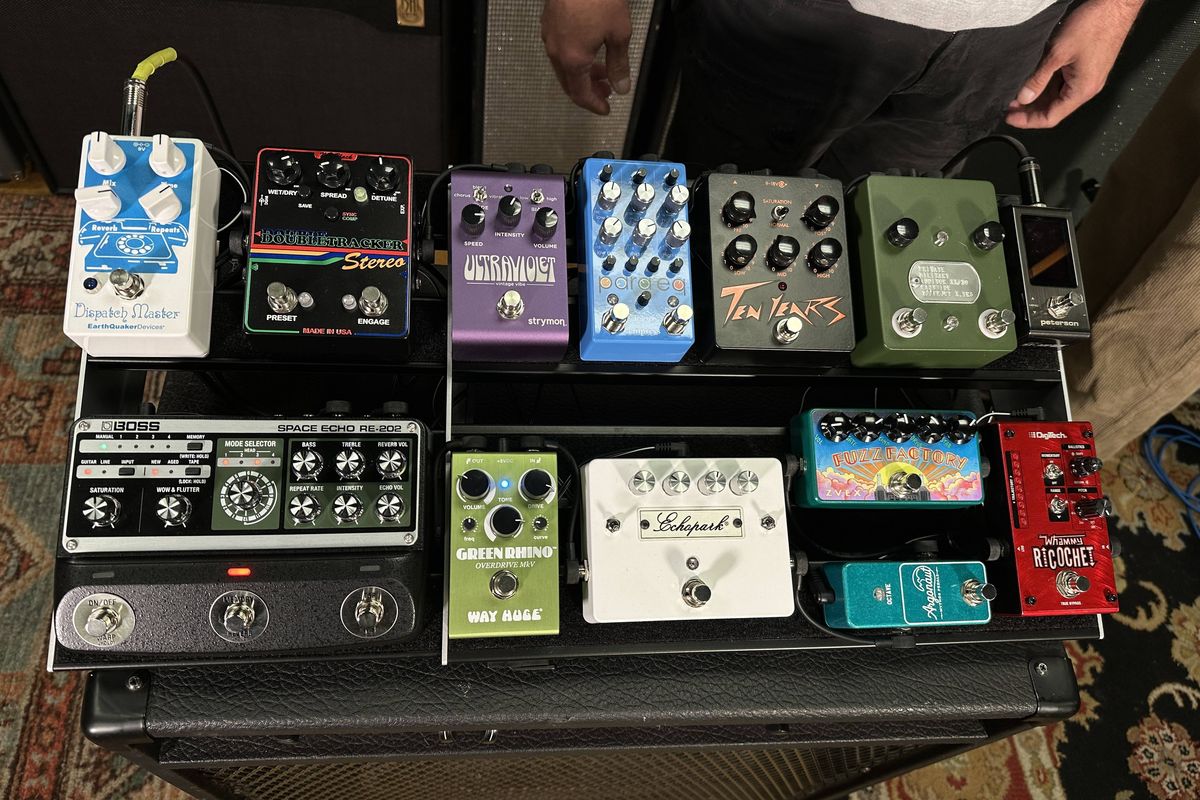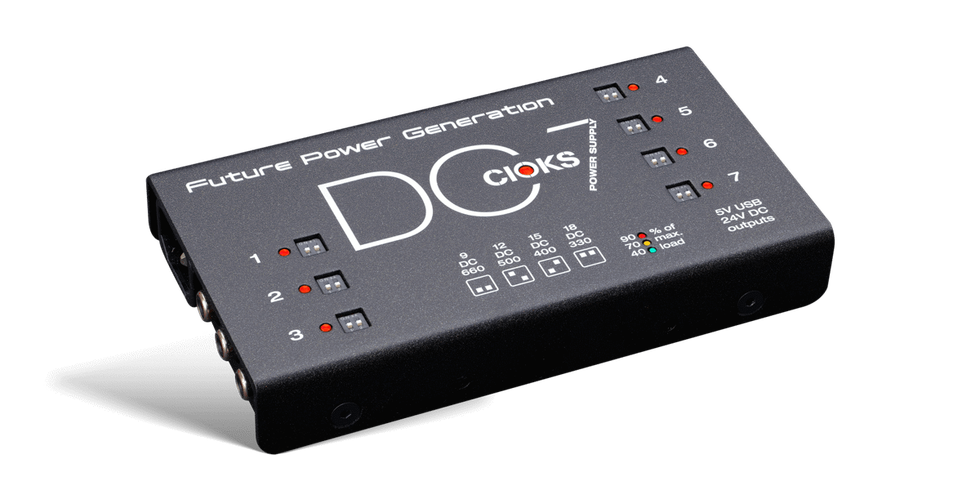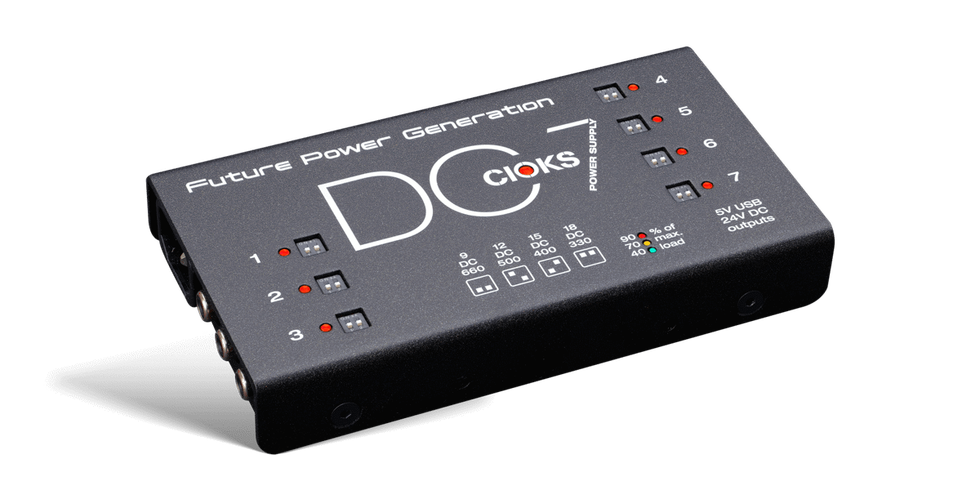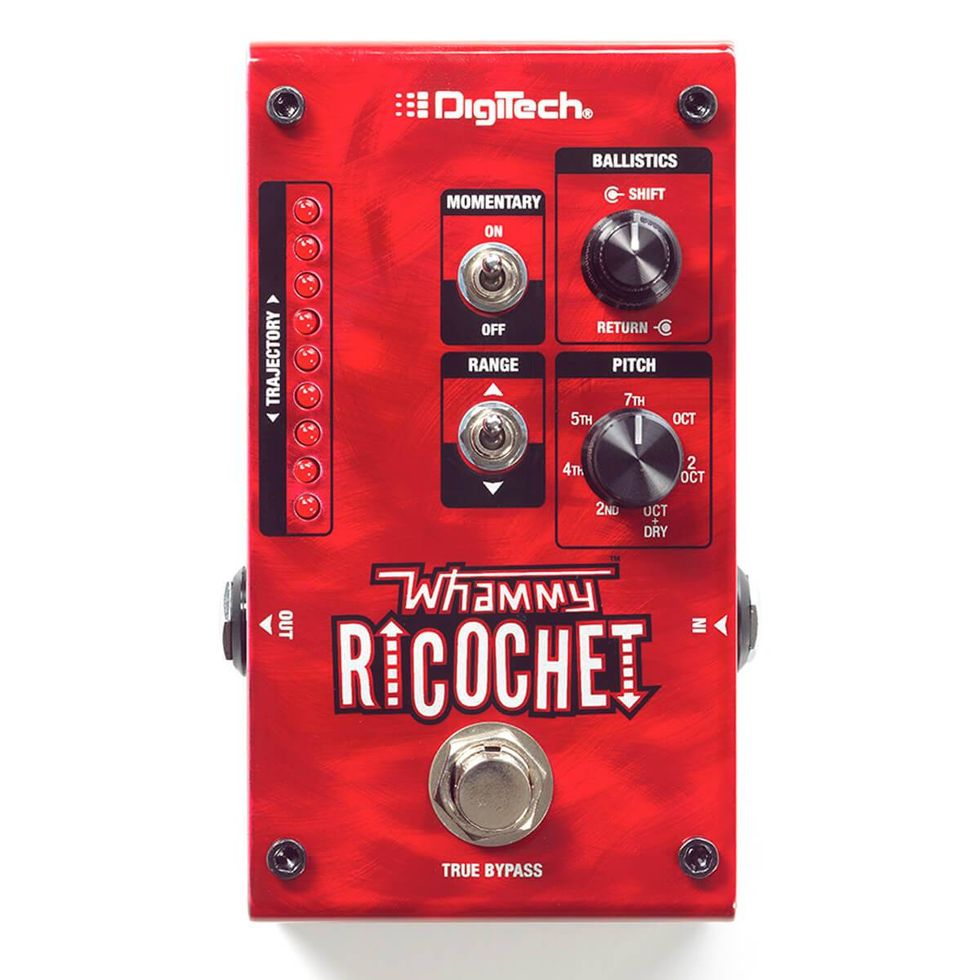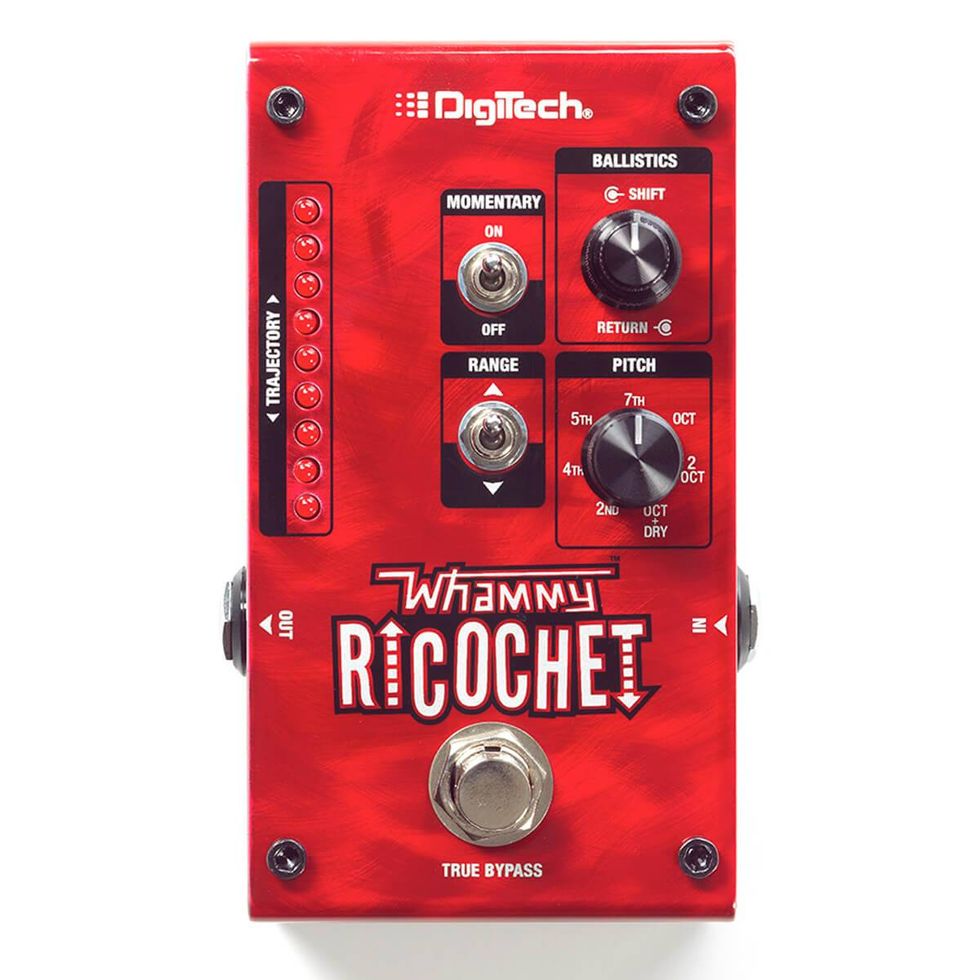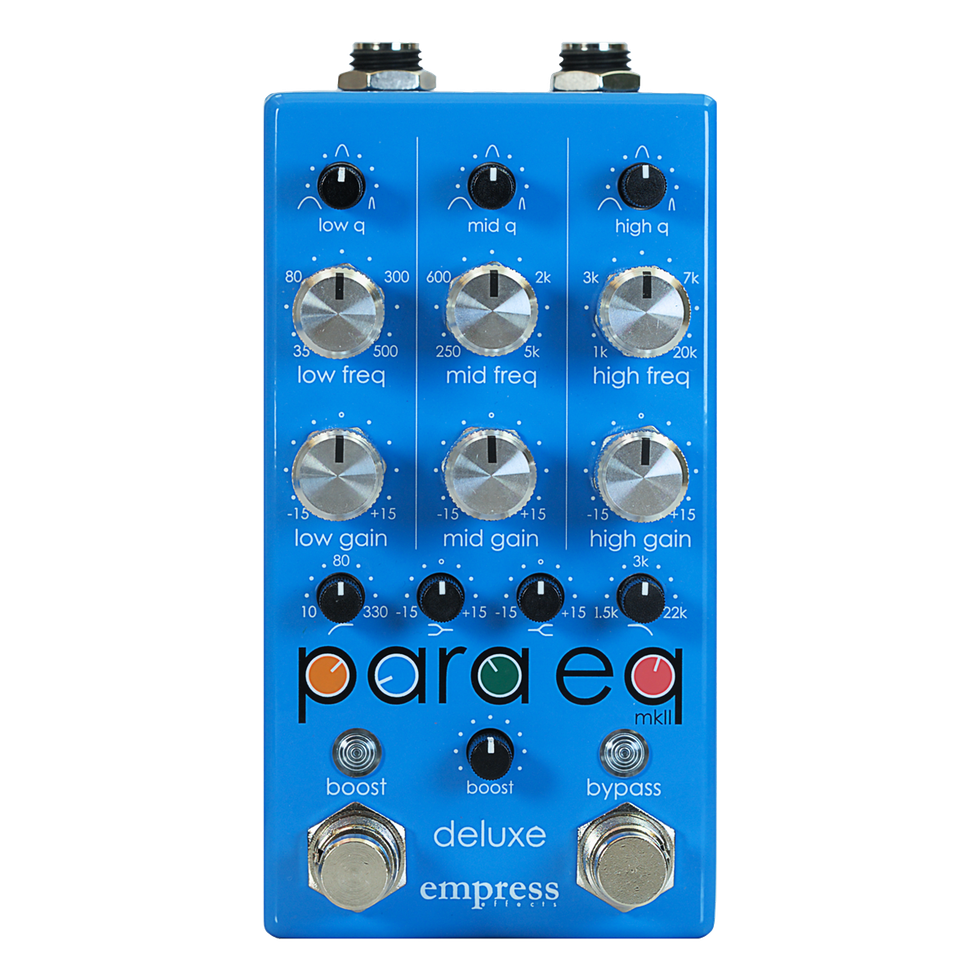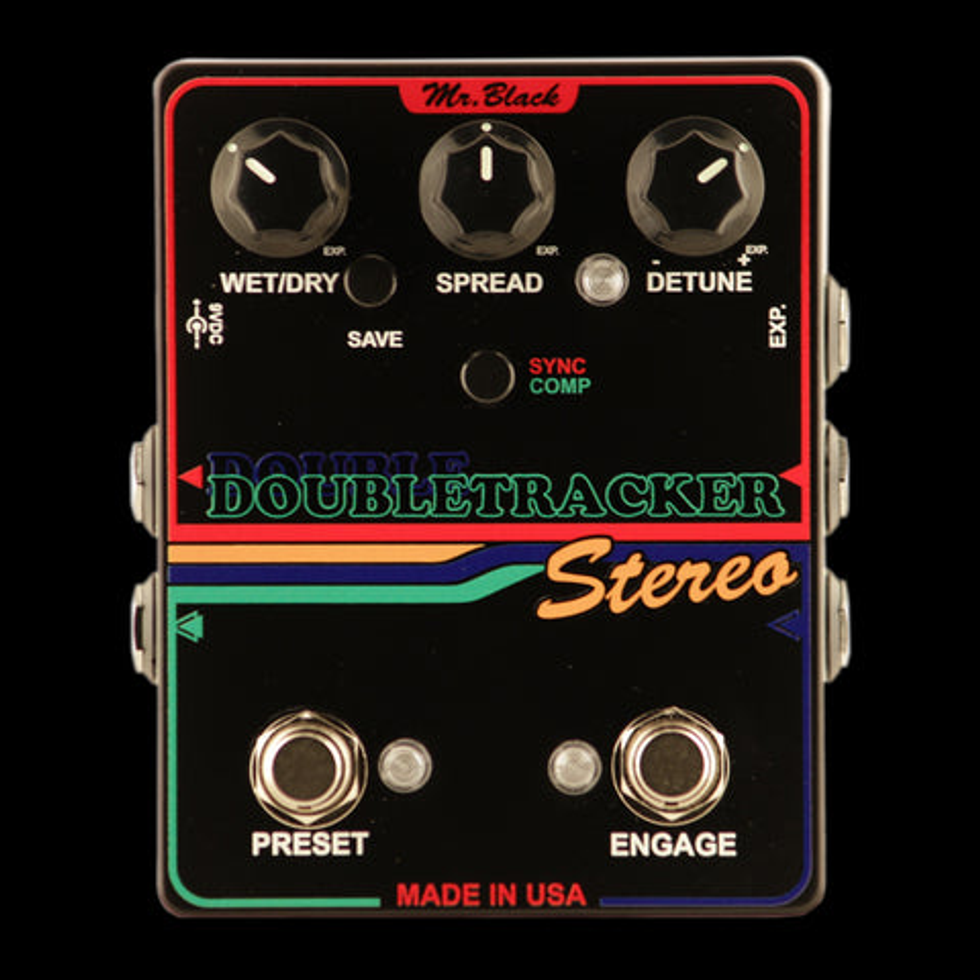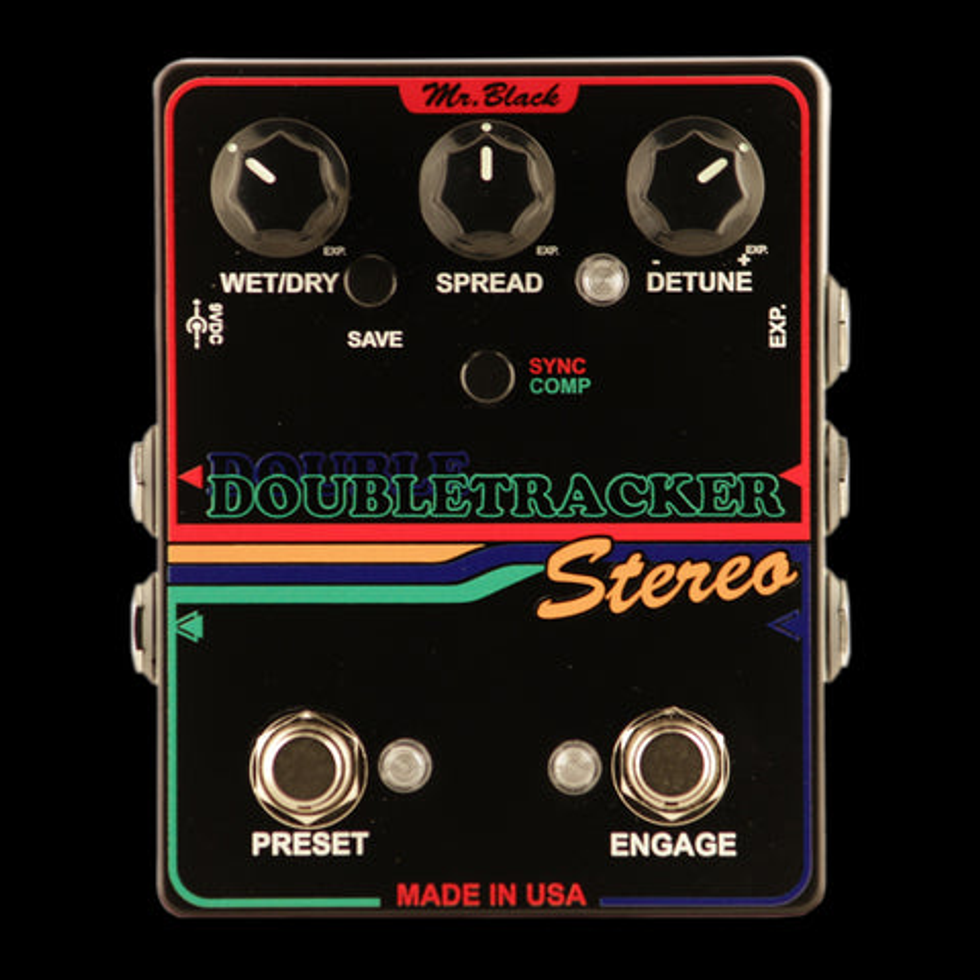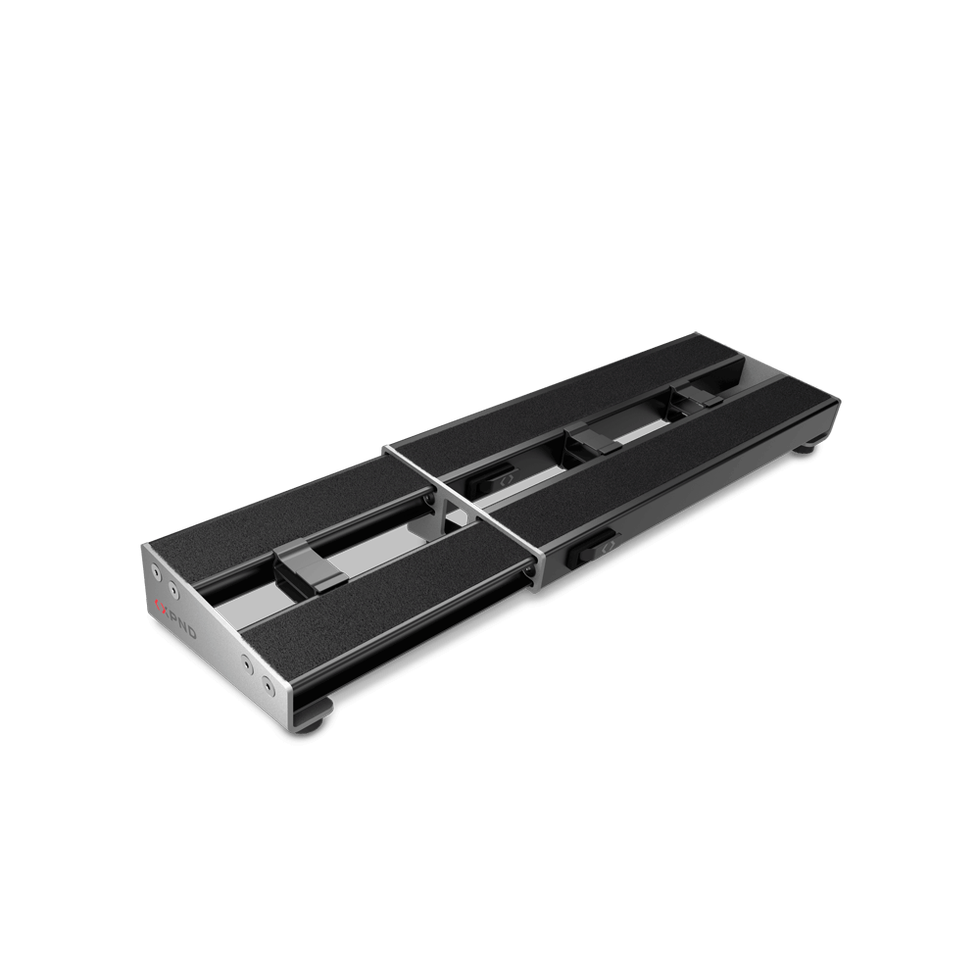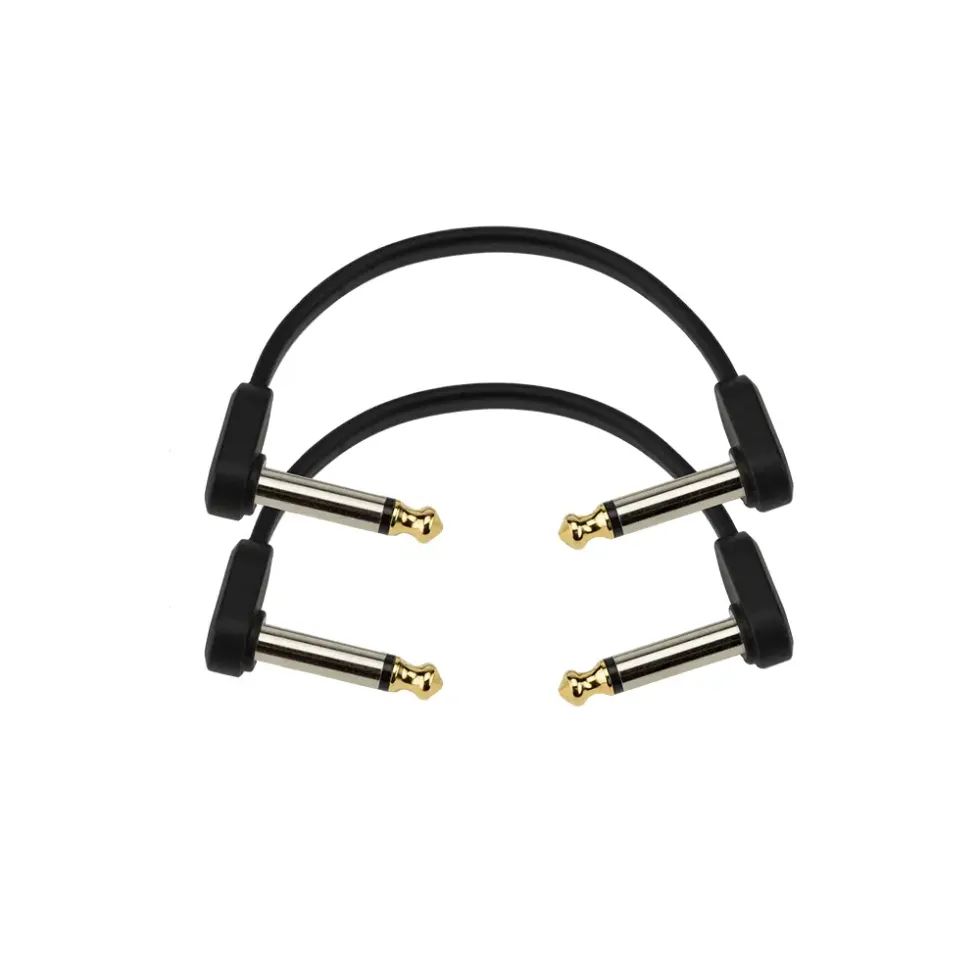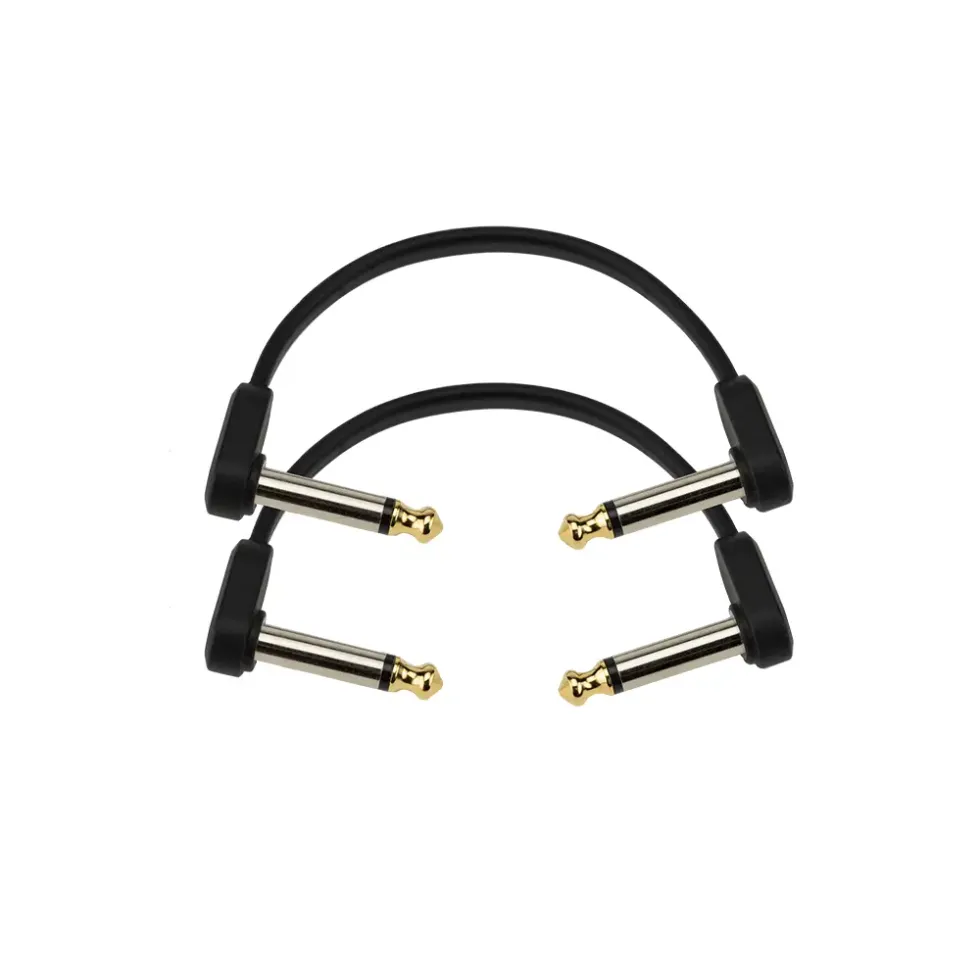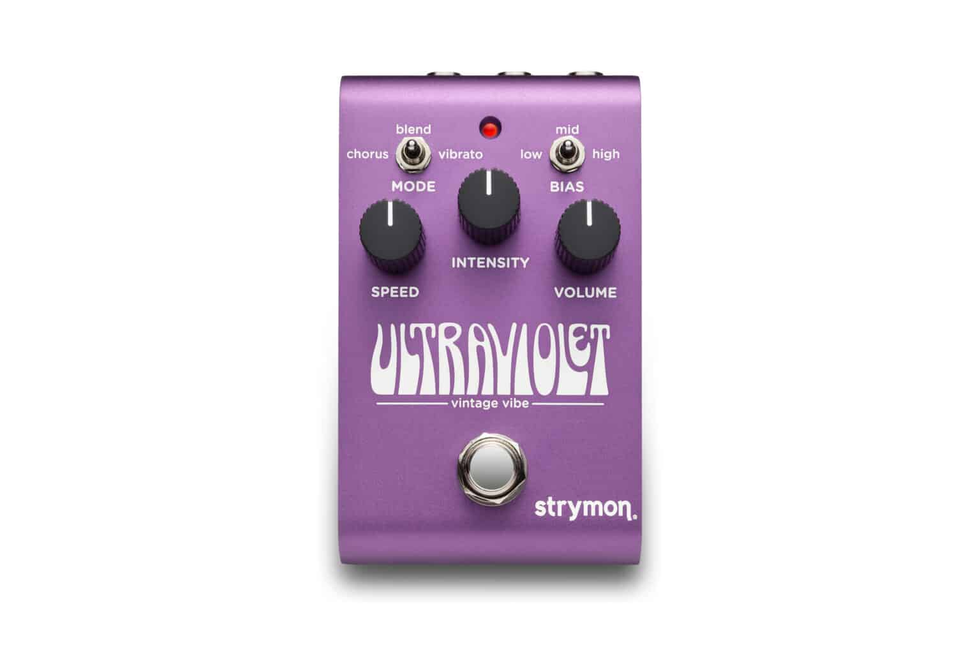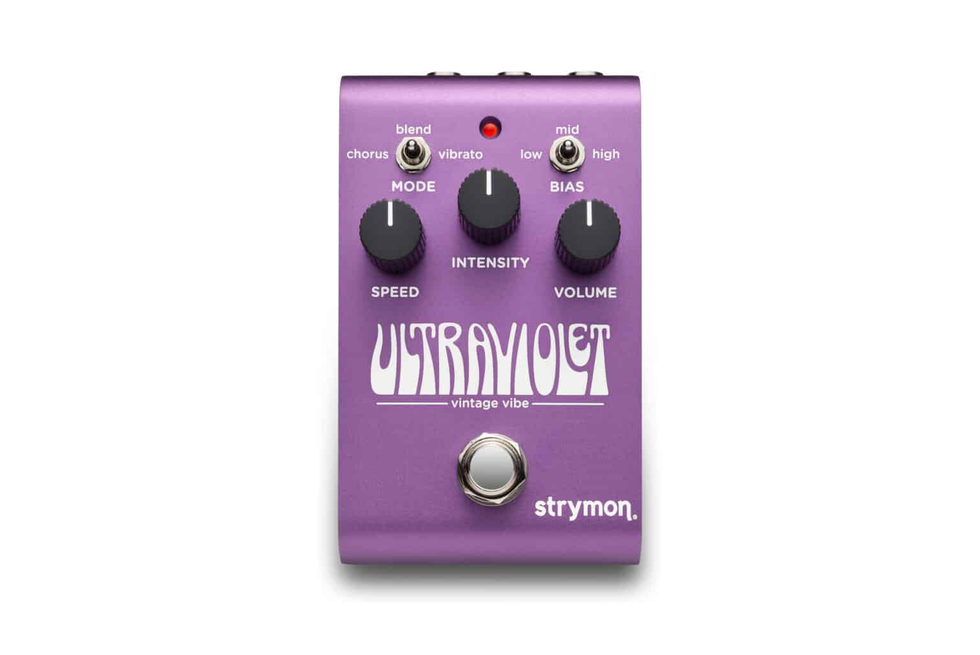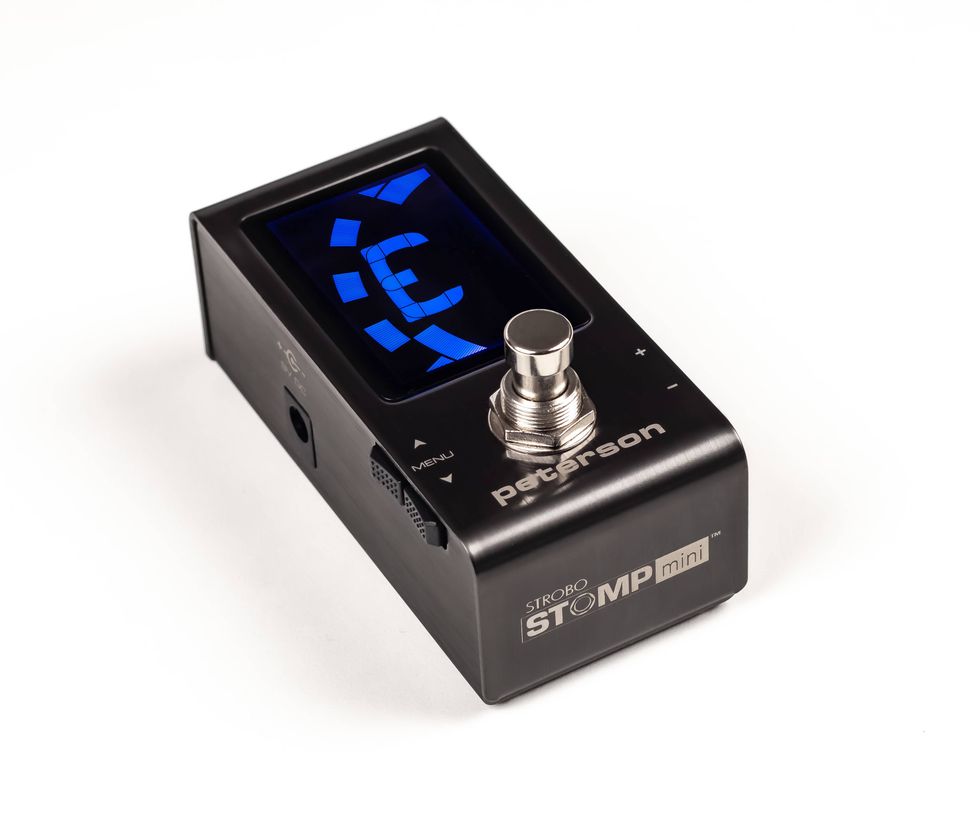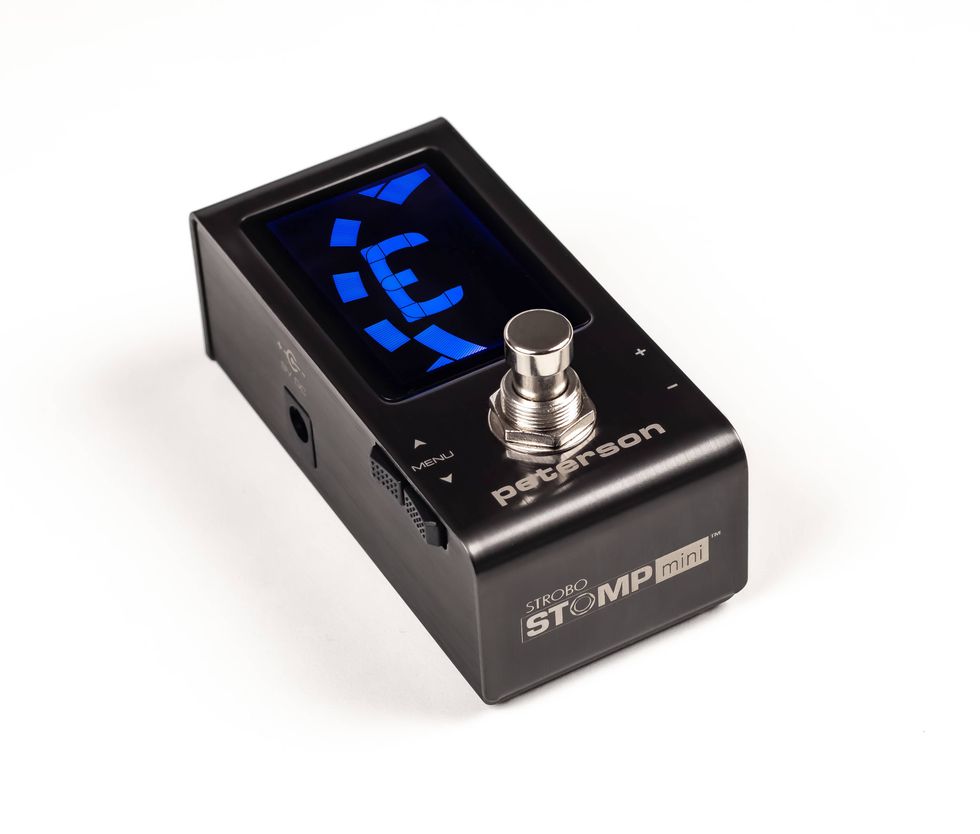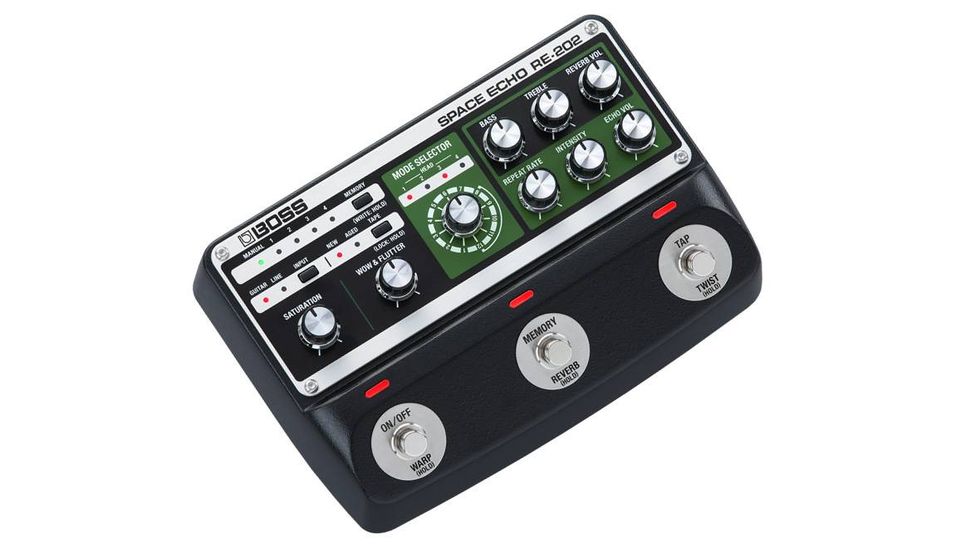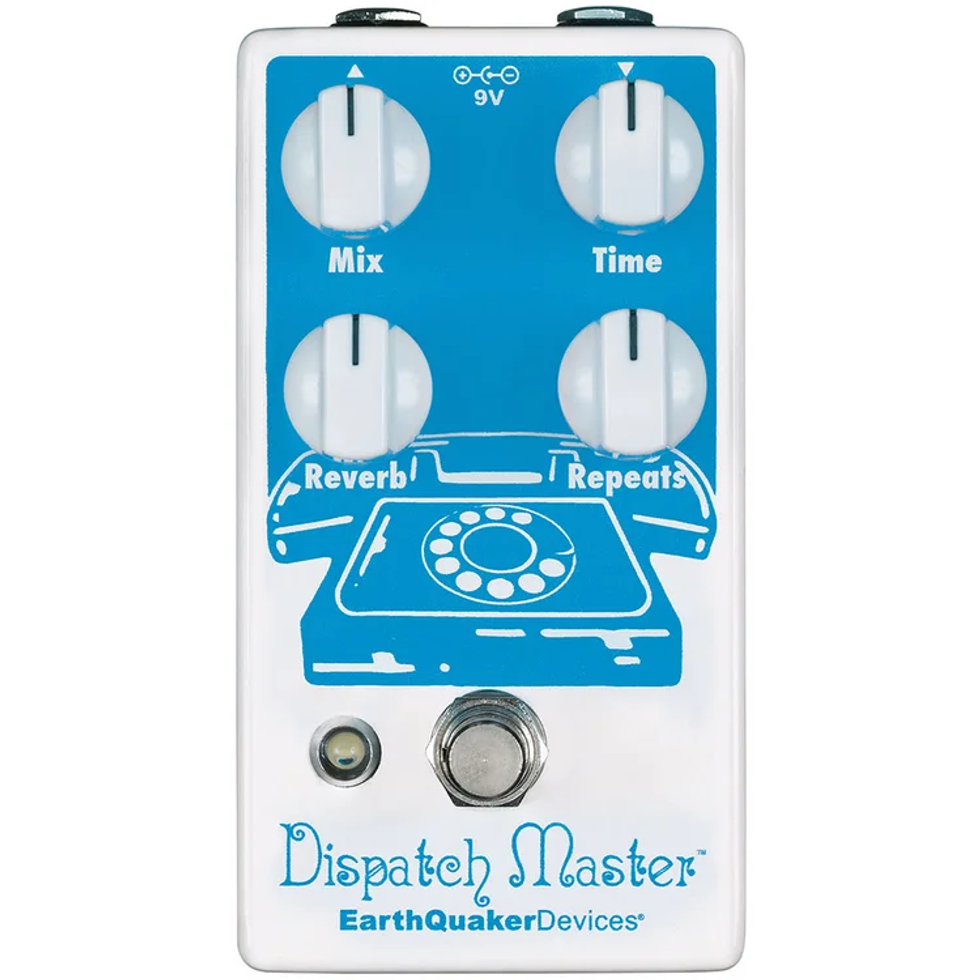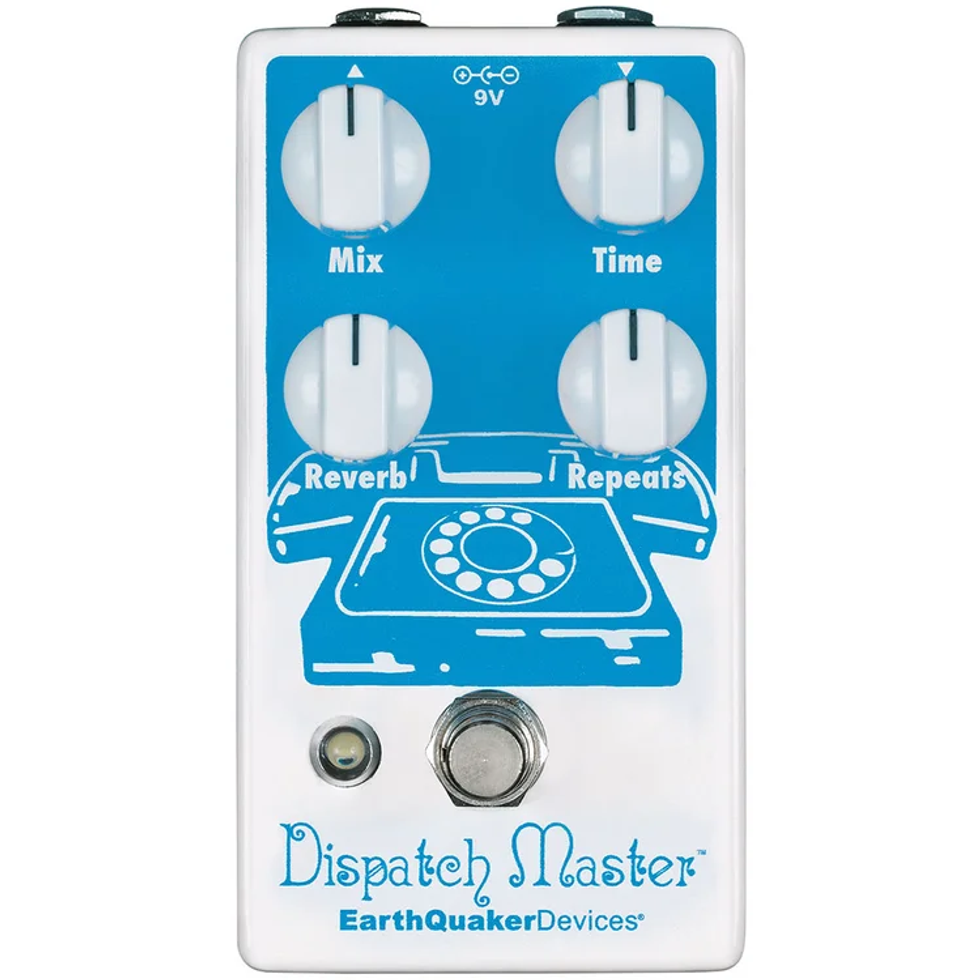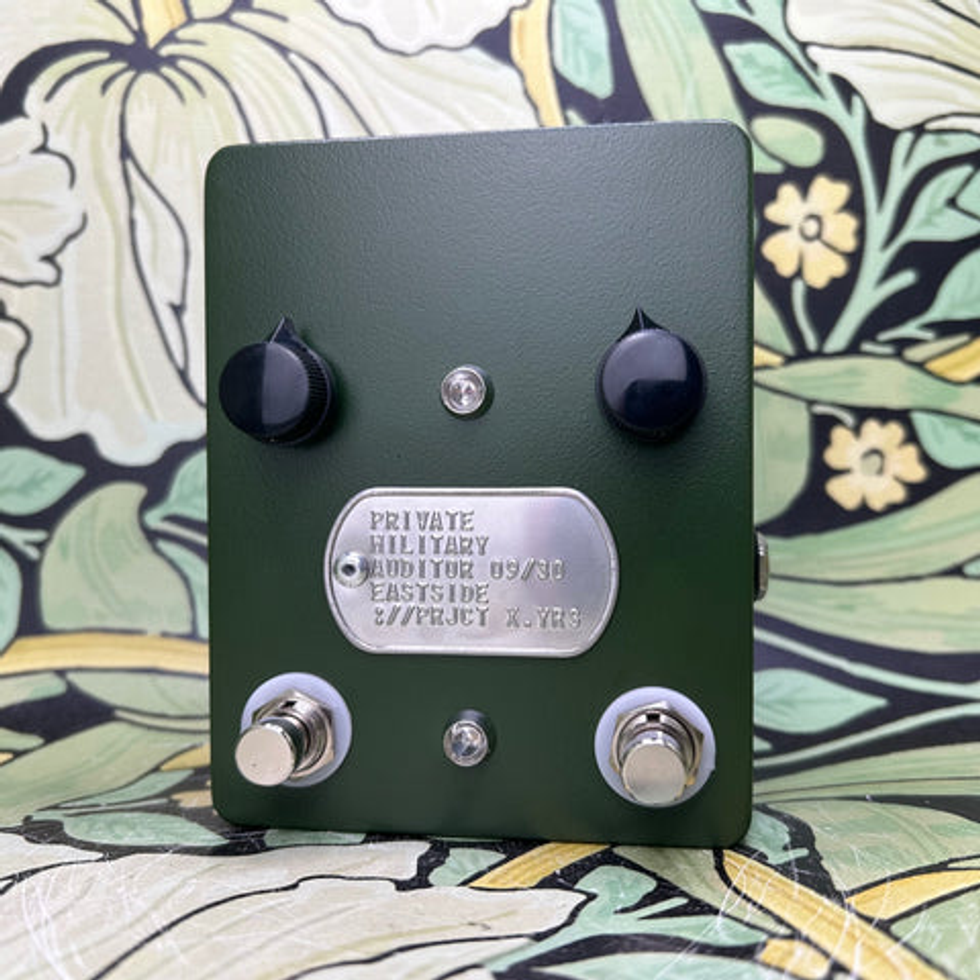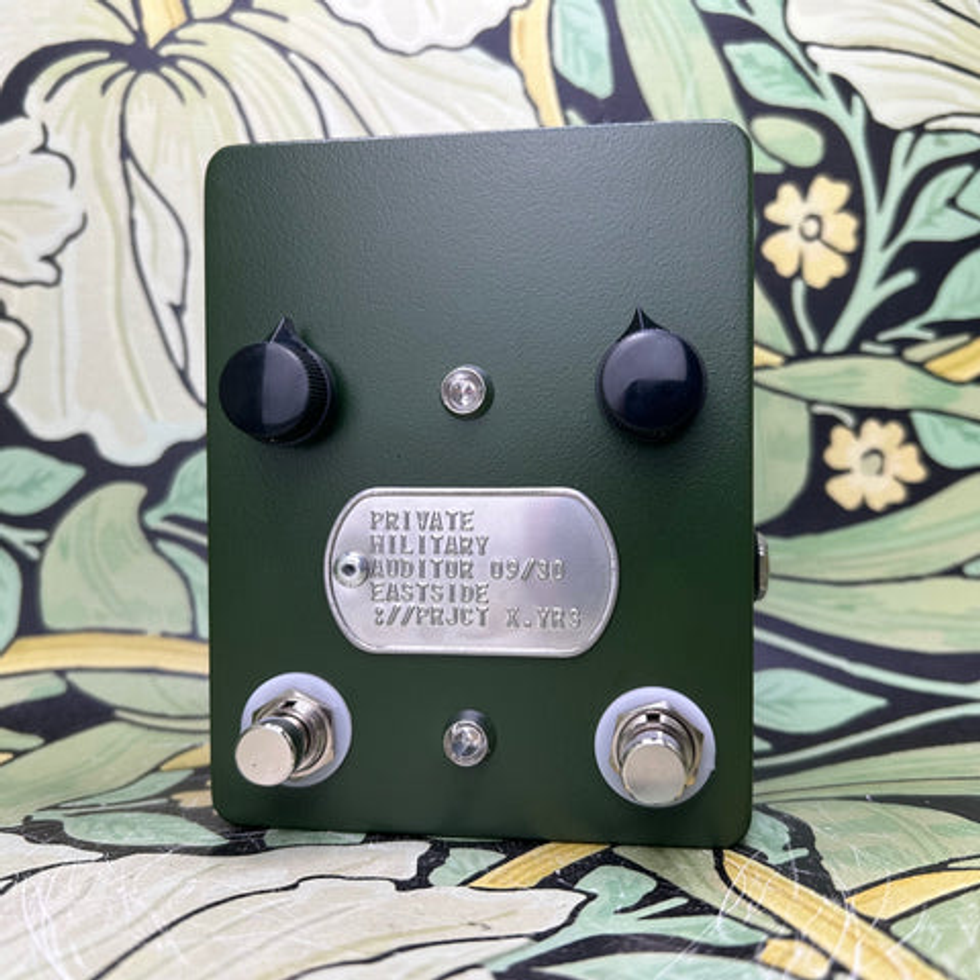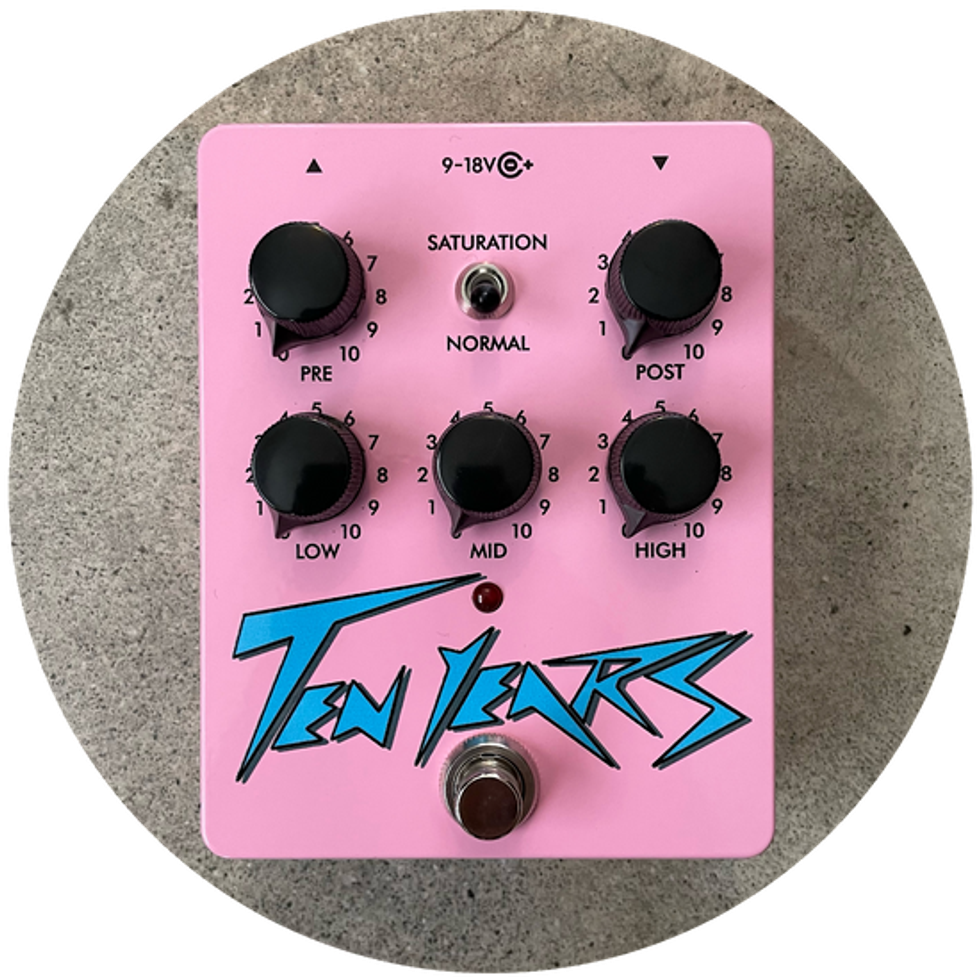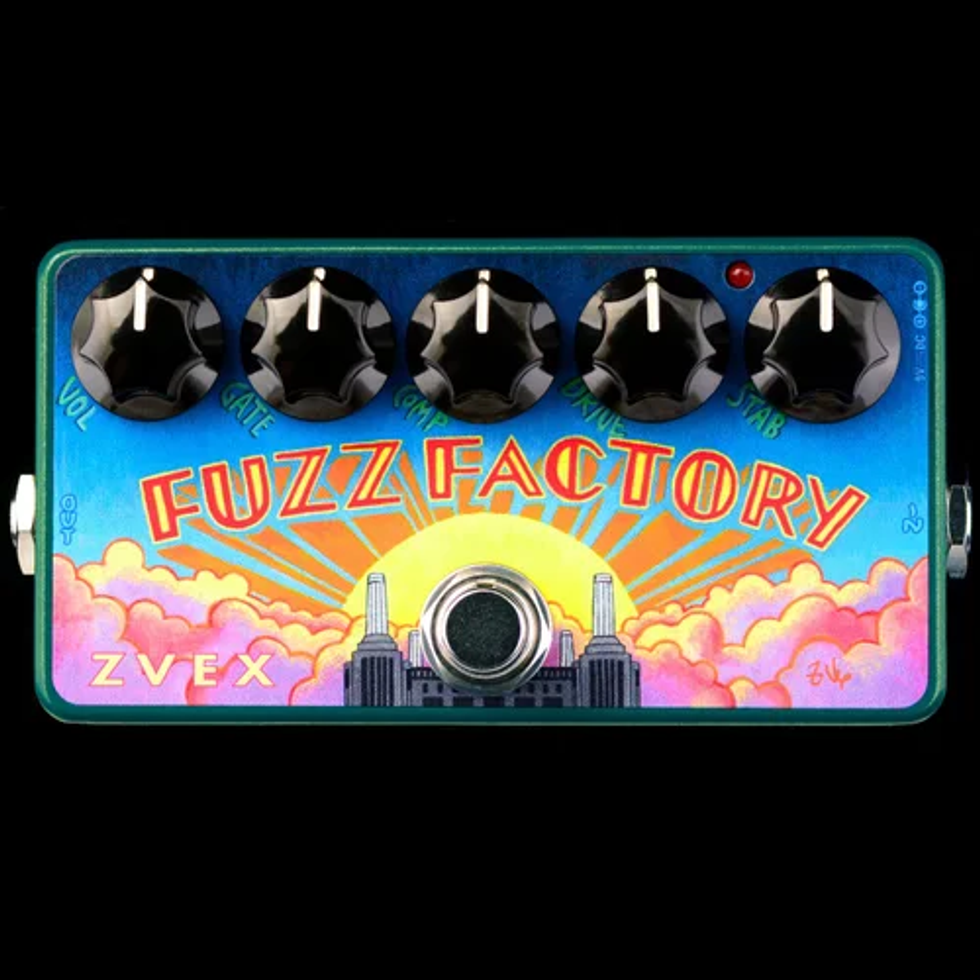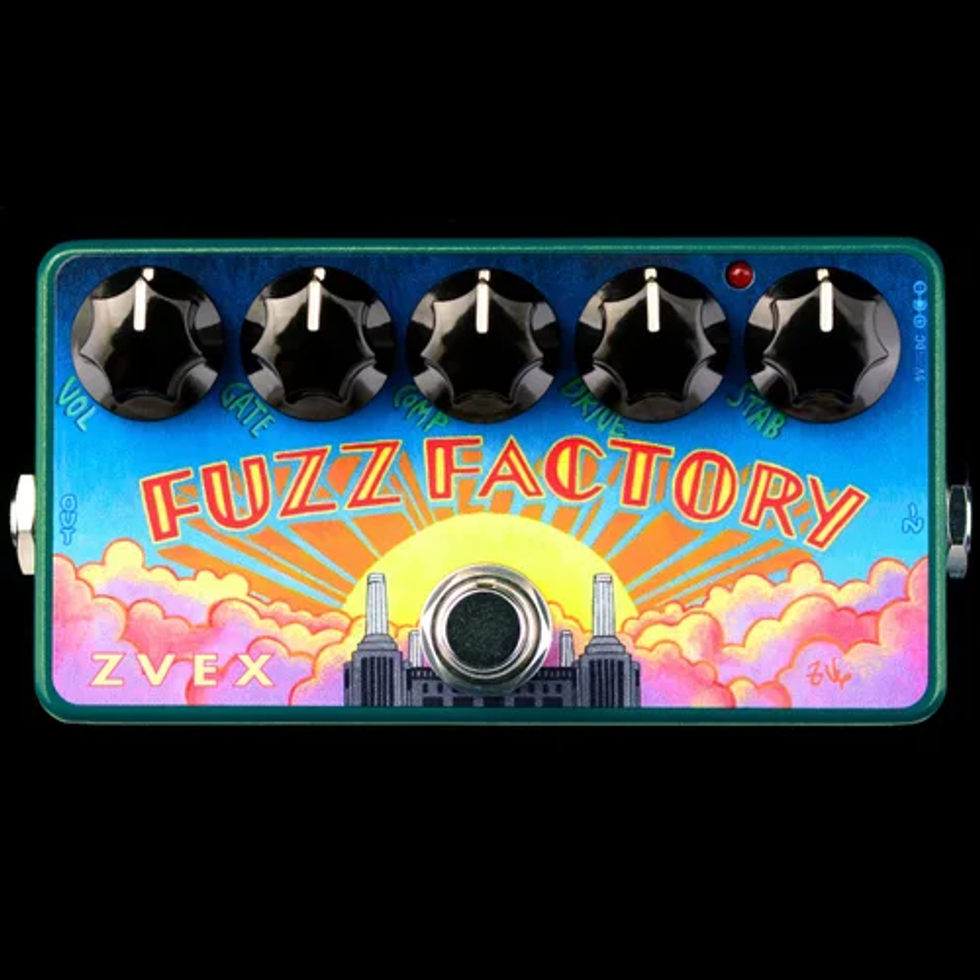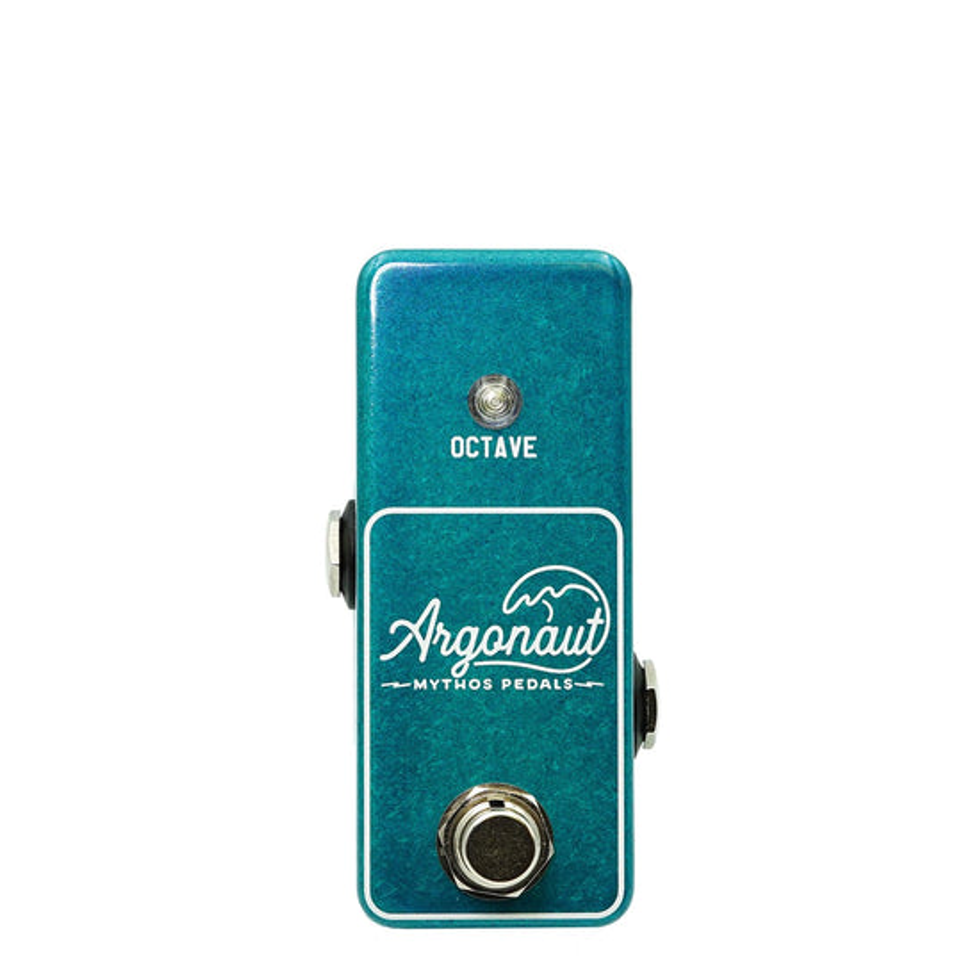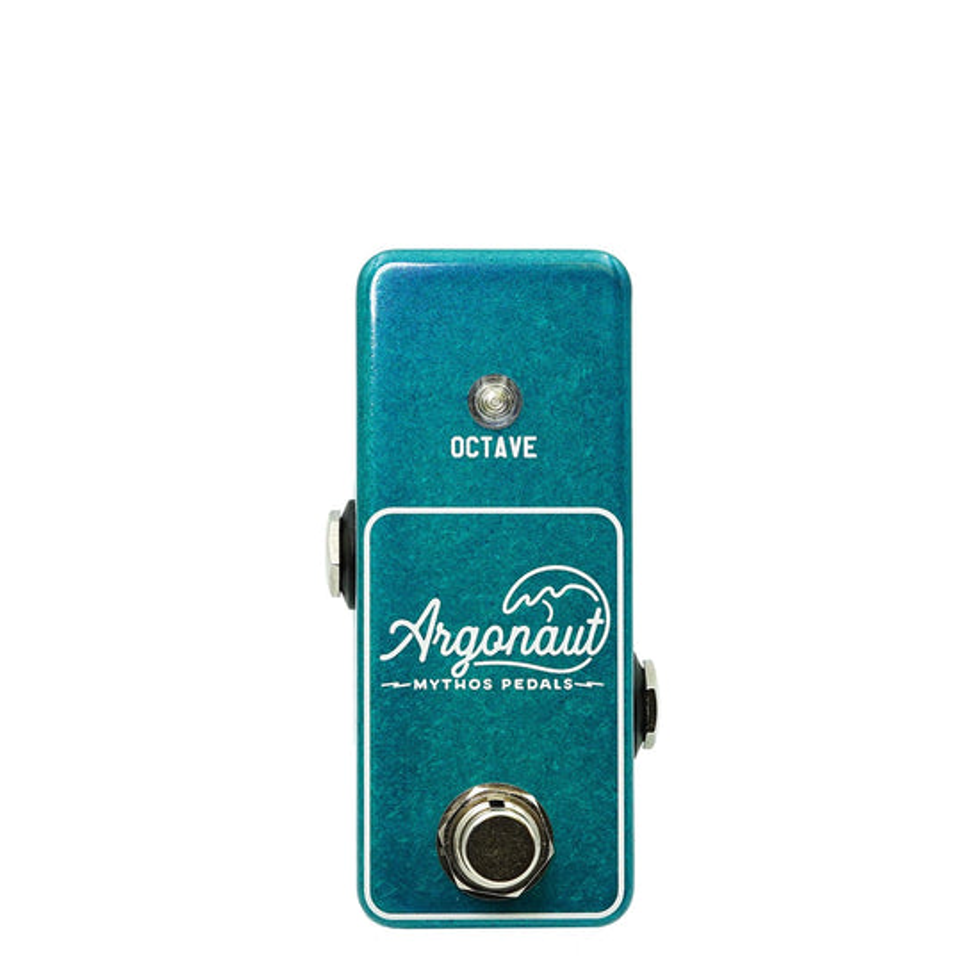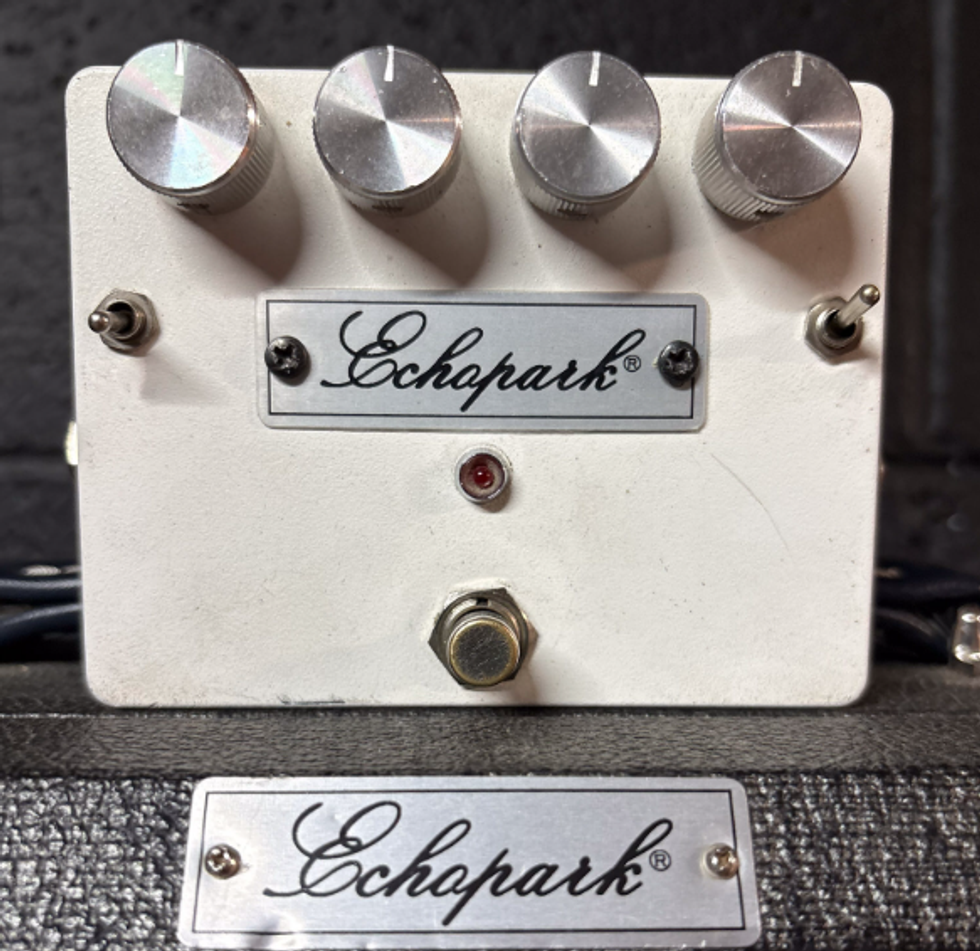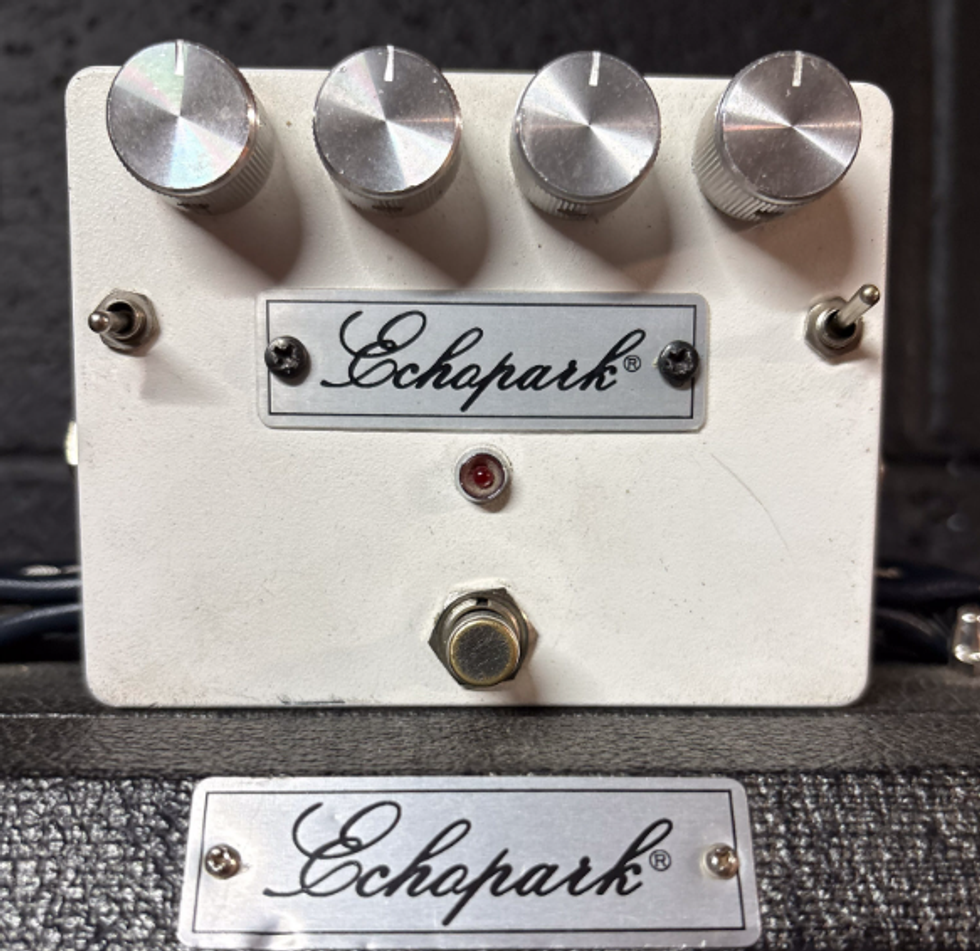With well over 45 exhibitors filling the halls of an Embassy Suites, the second running of the New York Amp Show was an unqualified success. With each exhibitor setting up shop in their suites, adventurous tone junkies filtered from room to room, taking turns plugging into everything from easy-going tweed combos to fire-breathing stacks. In-between product demos, attendees enjoyed rubbing elbows with industry insiders during the Tone Wizards forum discussion and GoodTone’s amp biasing clinic. If there’s a better way to get face-to-face with the people behind the boutique movement, we can’t think of it.
Premier Guitar headed east to check out the show, and came back home with loads of juicy info. From our interview with the man behind the curtain, Loni Specter, to our complete listing of all the companies in attendance, we’ve got the best roundup you’ll find. And the fun doesn’t end here – make sure to head online to premierguitar.com, where you can find exclusive video interviews with the companies in attendance. We hope you’ll find something suitable for your relentless pursuit of tone.
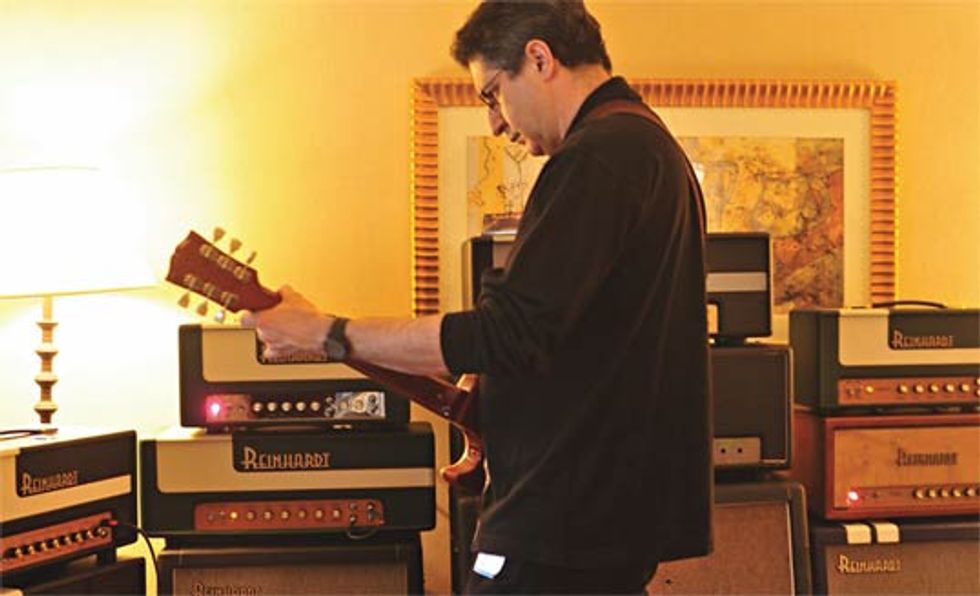 | |
|
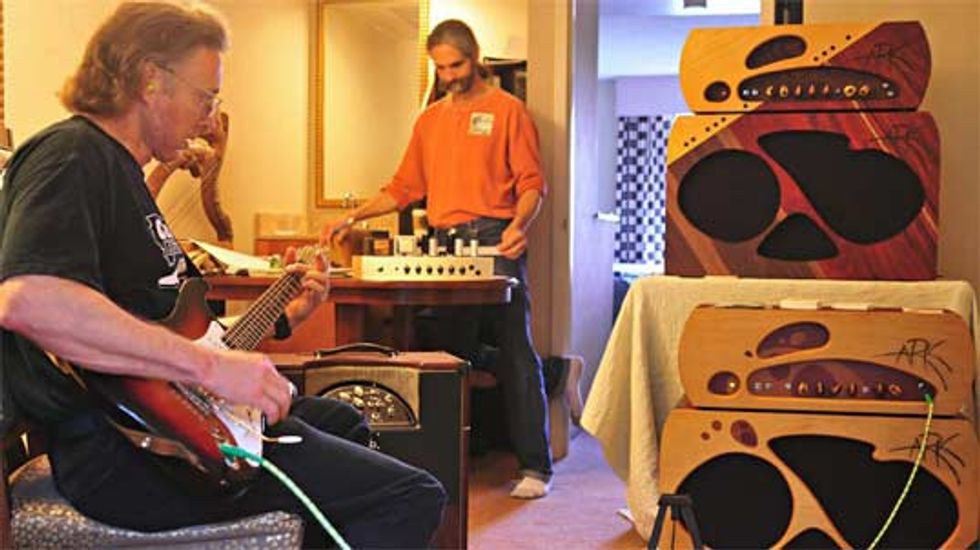 | |
|
 | |
|
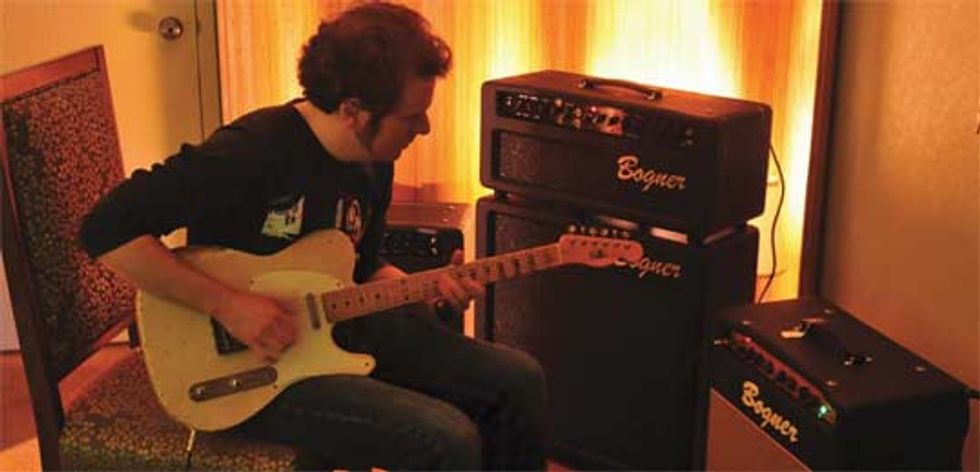 | |
|
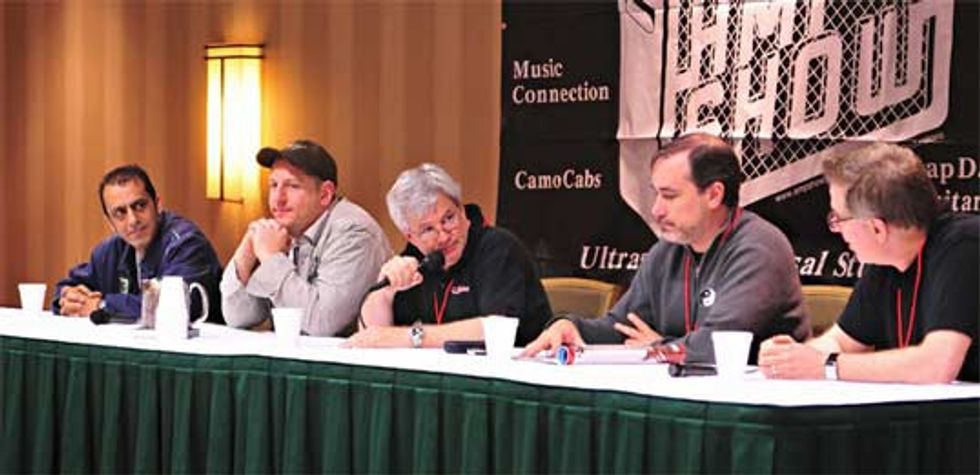 | |
|
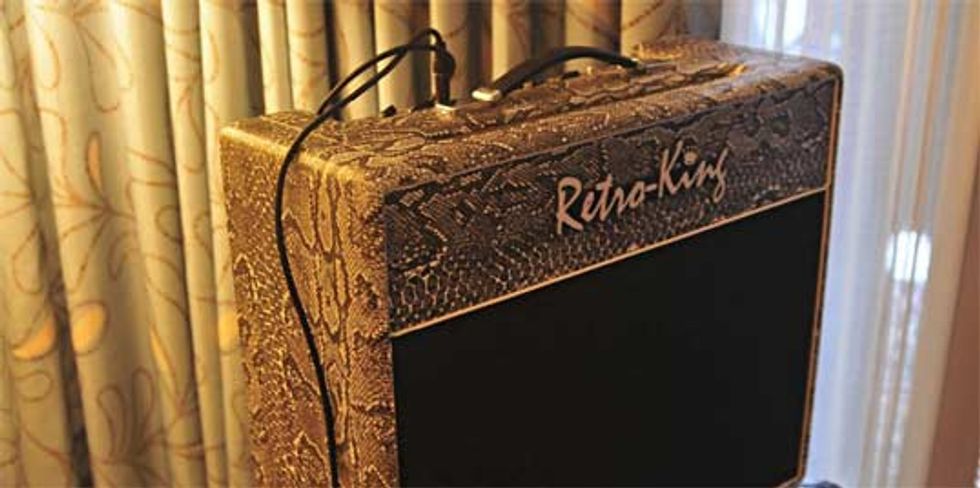 | |
|
 | |
|











![Rig Rundown: AFI [2025]](https://www.premierguitar.com/media-library/youtube.jpg?id=62064741&width=1245&height=700&quality=70&coordinates=0%2C0%2C0%2C0)












 Shop Scott's Rig
Shop Scott's Rig

